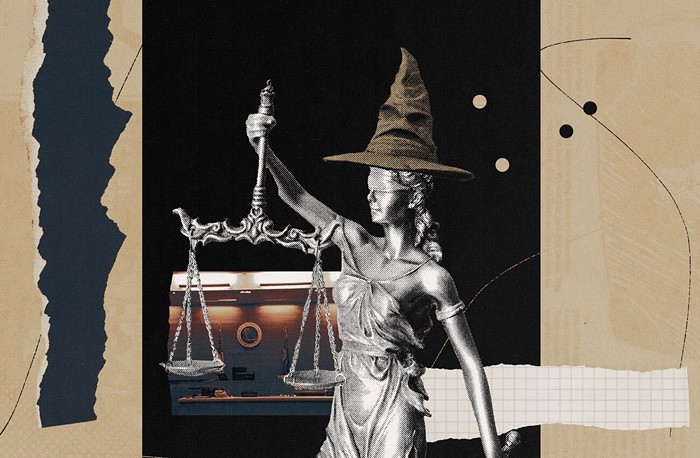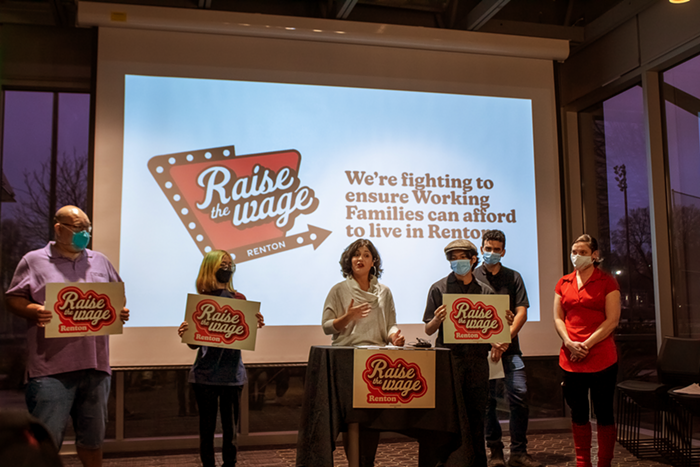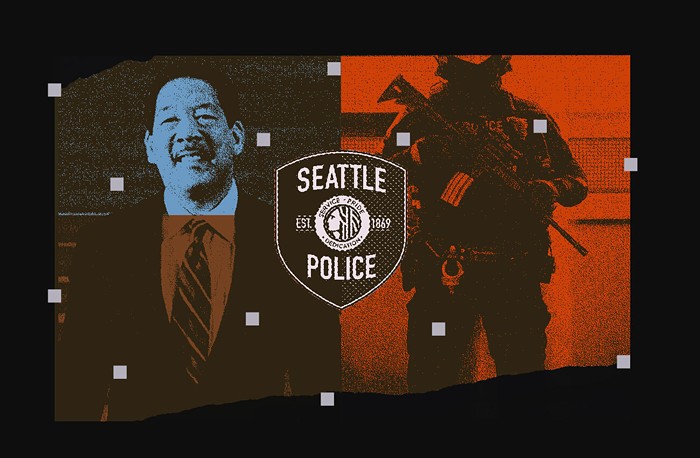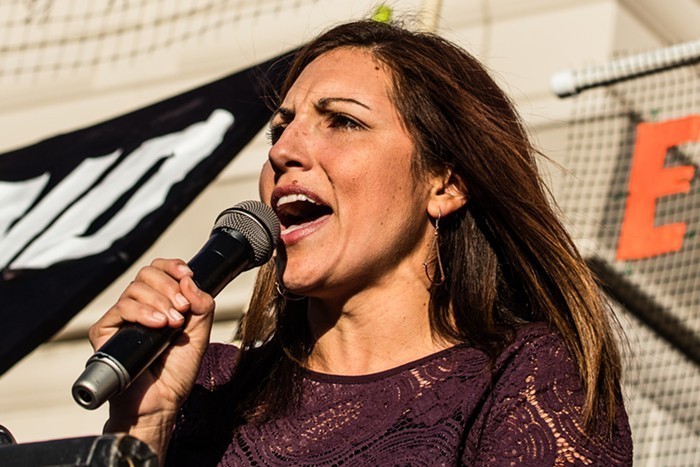Recently, Starbucks entered phase two of the marketing push. Starbucks sent letters to 30 national daily newspapers across the country in 10 markets. The new pitch--give us free advertising in your paper, like The New York Times did, and we'll give you access to the Starbucks promotion machine. This could include things like prominent display of papers or cross-promotional coupons. The deal seems like a "win-win" for everybody: papers get promotion, prominent placement, and a jump on the competition, while Starbucks gets premium advertising space. But one particular section of the new Starbucks branding proposal has some newspapers skeptical.
An important section in the proposal is Starbucks' request that the coffee chain get exclusive rights to carry the newspaper, nixing competing coffee shops. If Starbucks had its way, when you woke in the morning to get a cup of coffee and read The Seattle Times, for example, you could only buy the paper at Starbucks--not at Tully's, Seattle's Best Coffee, or any other coffee retailer that Starbucks deems competition. Of course, you could still buy papers on street corners, in grocery stores, or wherever, but coffee shop sales would be limited. "That is, quite simply, totally unacceptable to us," Seattle Times and Seattle P-I Circulation VP Mei Mei Chan told The Stranger. "We would love to talk and work with Starbucks more, but that section in the proposal would not serve our customers or the community well." Papers like the Dallas Morning News agree. "It's just not an option for us," says Morning News Circulation Manager Kelly Roberts. "We have a responsibility to get the news out to all of the community, not just Starbucks customers." Starbucks spokesperson Audrey Libby says the section regarding Starbucks' competitors was simply a negotiable request, not a contract requirement.
If the papers agree to the proposal, they could in effect be limiting their circulation. So why would they do it? For one thing, publishers find it enticing to have their papers displayed prominently in a popular chain. The coffee giant is also betting that the Starbucks promotion machine--the powerful engine that made Starbucks an "experience" rather than an average coffee shop--will be enough incentive for papers to risk losing readers.
The Starbucks promotion machine has certainly worked for partnering companies in the past. For example, Starbucks helped Barnes & Noble grow into the "megastore" it is today. In the early '90s, every time Starbucks introduced a new product, a Barnes & Noble coupon was given away. Similarly, the two companies cross-promoted in their advertising. Starbucks is hoping daily papers across the country will buy into that same winning formula. Buy a new Chocolate Brownie Frappuccino, and get a free copy of The Seattle Times! "We think the opportunity to promote specifically to our audience could be very valuable to the papers," says Starbucks' Libby.


















